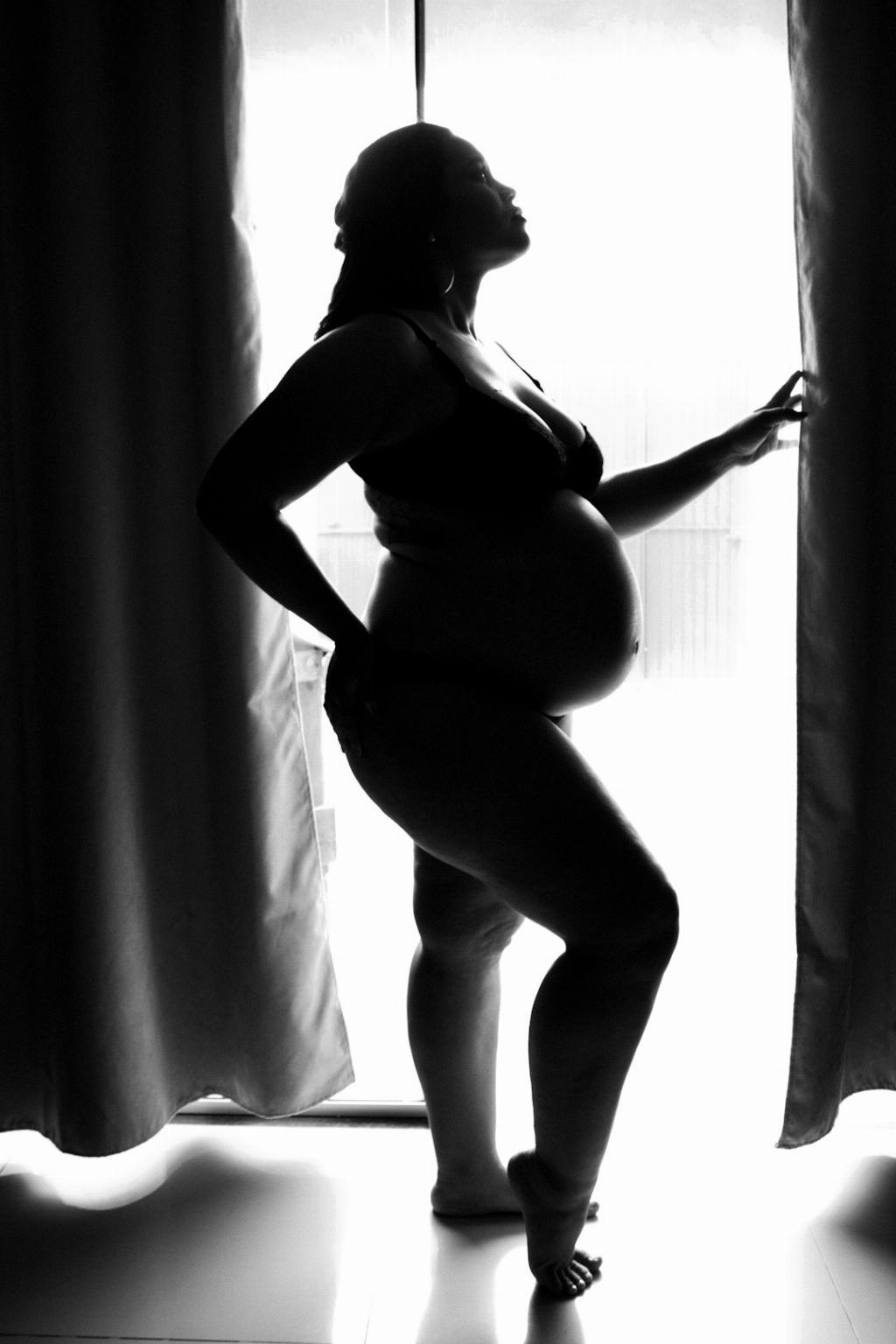When discussing postpartum recovery, it’s crucial to address the topic of lochia, the vaginal discharge that occurs after giving birth. Whether you’ve had a vaginal delivery or a C-section, lochia is a normal part of the healing process for your body. In the case of a C-section, the body still undergoes significant changes, and it’s essential to understand what to expect, even weeks after the procedure.
Normal Healing Process
After a C-section, the body continues to expel lochia, which consists of a mixture of blood, mucus, and uterine tissue. This discharge may vary in consistency and color over time. Initially, the flow is heavier and may contain blood clots, but as the weeks progress, it typically transitions to a lighter flow, eventually tapering off.
Factors Affecting Lochia
Several factors can influence the duration and characteristics of lochia after a C-section. Individual differences in healing, the body’s response to the surgery, and the presence of any infection or complications can all impact the discharge. It’s important to note that some women may experience lochia for several weeks post-surgery.
Thick Mucus Discharge
At around the five-week mark after a C-section, it’s not uncommon to still notice a thick mucus-like discharge as part of the lochia. This discharge may appear yellowish or white in color and can be accompanied by a slightly musty odor. While the consistency may be different from the initial postpartum discharge, it is generally considered normal within the context of the healing process.
Delayed Recovery
Some individuals may experience a delayed recovery in terms of lochia after a C-section. Factors such as increased physical activity, hormonal changes, or the body’s healing pace can contribute to variations in the postpartum discharge. However, if you have concerns about the consistency, odor, or duration of the discharge, it’s advisable to consult with your healthcare provider for reassurance and guidance.
Monitoring Your Healing
As you navigate the postpartum period, paying attention to changes in your body’s recovery is essential. While some variations in lochia are normal, persistent heavy bleeding, foul odor, or signs of infection should be promptly addressed by a medical professional. Your well-being and healing process are of utmost importance, and seeking timely medical advice can help ensure a smooth recovery.
Self-Care Practices
In addition to monitoring your physical symptoms, practicing self-care after a C-section is crucial for promoting healing and well-being. Adequate rest, staying hydrated, eating nourishing foods, and engaging in gentle physical activity can all contribute to a smoother recovery process. Remember to listen to your body’s cues and prioritize self-care during this transformative period.
Emotional Wellbeing
While focusing on the physical aspect of recovery, it’s equally important to address your emotional well-being after a C-section. The postpartum period can bring about a range of emotions, and seeking support from loved ones, healthcare providers, or mental health professionals is encouraged. Remember that self-compassion and patience are key as you navigate the joys and challenges of new motherhood.
Conclusion
In conclusion, experiencing thick mucus discharge five weeks after a C-section is a common occurrence within the spectrum of postpartum recovery. Understanding the normal healing process, monitoring your symptoms, and practicing self-care are vital components of promoting a healthy transition into motherhood. If you have any concerns about the nature of your postpartum discharge, don’t hesitate to reach out to your healthcare provider for personalized guidance and reassurance.

